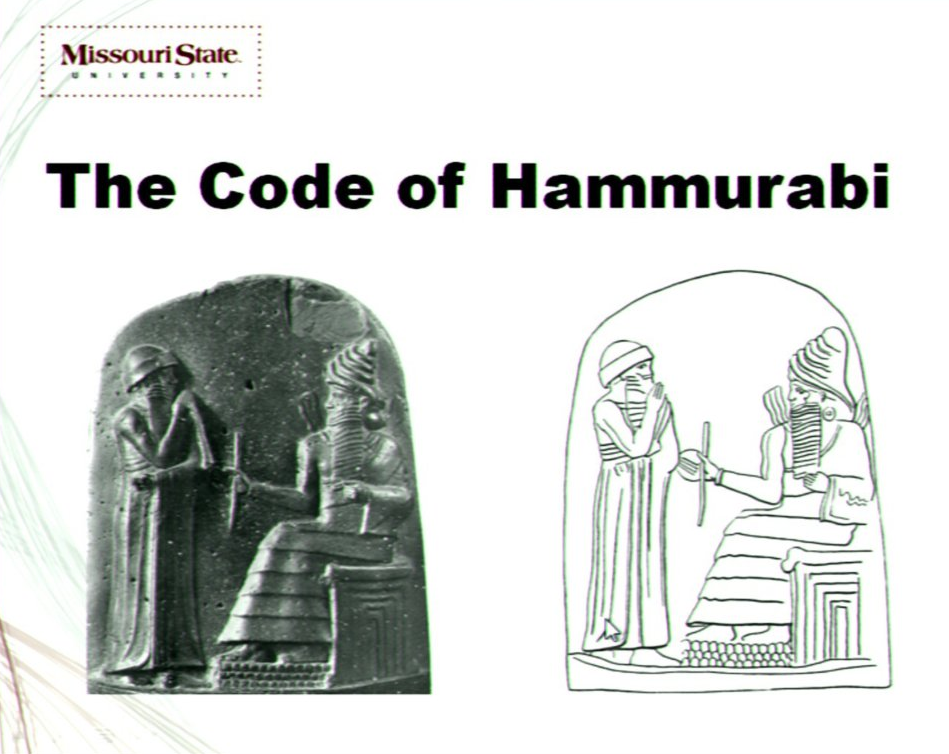| Hybrid or Blended Teaching Formats: What and Why |
![PDF-NOTE: Internet Explorer Users, right click the PDF Icon and choose [save target as] if you are experiencing problems with clicking.](http://rsnonline.org/templates/rsntemplate-smallmasthead/images/pdf_button.png) |
 |
|
Page 1 of 3 John T. Strong, Missouri State University
“What?”: Moving Instruction OnlineSince the spring semester of 2009, I have been teaching almost all of my undergraduate courses as “hybrid” or “blended” courses. These terms mean different things to different people at different institutions, but at Missouri State University, a “blended” course is a course in which a significant portion of the course content is online — up to 70 percent (more than this, the course is classified to be a fully online course). With this contribution to Spotlight on Teaching, I will discuss the “What” and “Why” in regard to moving my classes to this format. I teach a regular rotation of “Introduction to the Hebrew Bible,” “Hebrew Prophets,” “Archaeology and the Hebrew Bible,” and “Archaeology and the New Testament,” repeating these classes on a regular basis over a two-year period. About 65 percent of the course materials for these classes is online. Most significantly, all of the course lectures are online, coupled secondarily with weekly quizzes, discussion and study guides, and reading and writing assignments. With this material online, instead of my classes meeting two times a week for a total of 150 minutes, my classes now meet face-to-face once a week for 50 minutes, the remaining 100 minutes of contact time being online. The central element of my courses, which really defines my teaching as “hybrid,” is that all of the lecture content is now online in the form of podcasts and accessed through a guide that has links to the various segments (click here). For example, when I introduce the book of Deuteronomy, I break the lecture into ten segments, varying in length from about 8–11 minutes. These lecture segments were taped in a studio on our campus, using a software package called Mediasite. My goal was to break my long, monotonous lectures into more easily digestible portions, and since I state the length Once a week I meet with students in class, but never to lecture. Although I may review some of the lecture material, above all else we discuss texts that relate to the lecture material that they have already seen. This meeting is important, and while I may use the “h-word” (“hybrid”) in this article or with administrators, I never use it or the “o-word” (“online”) with students. Too much of a stigma is attached to these terms, and it skews students’ attitudes. I state clearly that I teach a regular on-campus course; it is just that the method of delivery is designed for effectiveness and students’ convenience. Since students can easily lose track of when they should be viewing what material, my syllabus places all of the lectures, assignments, guides, and any other materials on a calendar, so that students should easily be able to see what is due and when. Still, for every class period, I prepare a PowerPoint presentation that shows students pictures of the calendar, which I play while I take roll and chat with students before the class discussion begins. Hopefully this outline answers the “What” question. |


 John T. Strong holds a PhD degree in Hebrew Bible studies from Union Presbyterian Seminary, Virginia. He teaches in the religious studies department at Missouri State University, where he is an associate professor of religious studies. He teaches in the area of Hebrew Bible studies and archaeology. His research interests focus mainly on Ezekiel and the religion of ancient Israel around the time of the exile. He also serves as Chair of the Society of Biblical Literature Council. For pleasure, he enjoys reading novels, studying German language and history, and loves to go hiking in the beautiful hills of northern Arkansas.
John T. Strong holds a PhD degree in Hebrew Bible studies from Union Presbyterian Seminary, Virginia. He teaches in the religious studies department at Missouri State University, where he is an associate professor of religious studies. He teaches in the area of Hebrew Bible studies and archaeology. His research interests focus mainly on Ezekiel and the religion of ancient Israel around the time of the exile. He also serves as Chair of the Society of Biblical Literature Council. For pleasure, he enjoys reading novels, studying German language and history, and loves to go hiking in the beautiful hills of northern Arkansas. of each segment in the accompanying guide, students can plan when to watch the segments during the course of the week (assuming, of course, they are that organized). The guide also alerts them to questions and materials that may show up on the quizzes. The online lecture segments themselves are rather simple and straightforward. It is a videotape of me, placed in an upper left-hand box on their computer screens, with a large square in the center of their screens for the associated PowerPoint slides (see the sample slide at right). I also give them a thesis or main point for each segment, for reference, in case their mind drifts or they lose the main point I am trying to make. Of course I quiz students once a week on the scheduled lecture segments (also online) as incentives for them to keep on pace with the course.
of each segment in the accompanying guide, students can plan when to watch the segments during the course of the week (assuming, of course, they are that organized). The guide also alerts them to questions and materials that may show up on the quizzes. The online lecture segments themselves are rather simple and straightforward. It is a videotape of me, placed in an upper left-hand box on their computer screens, with a large square in the center of their screens for the associated PowerPoint slides (see the sample slide at right). I also give them a thesis or main point for each segment, for reference, in case their mind drifts or they lose the main point I am trying to make. Of course I quiz students once a week on the scheduled lecture segments (also online) as incentives for them to keep on pace with the course.